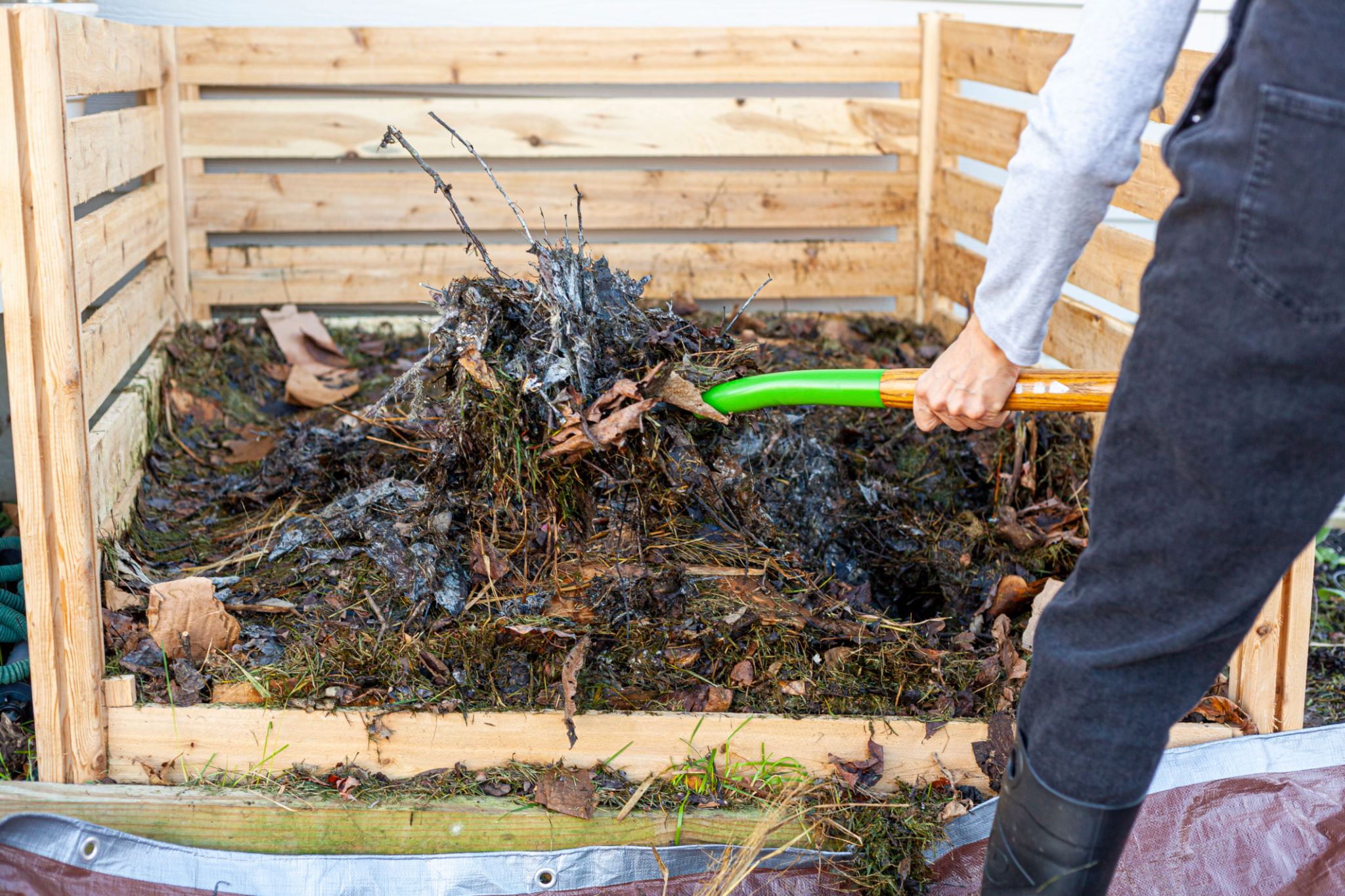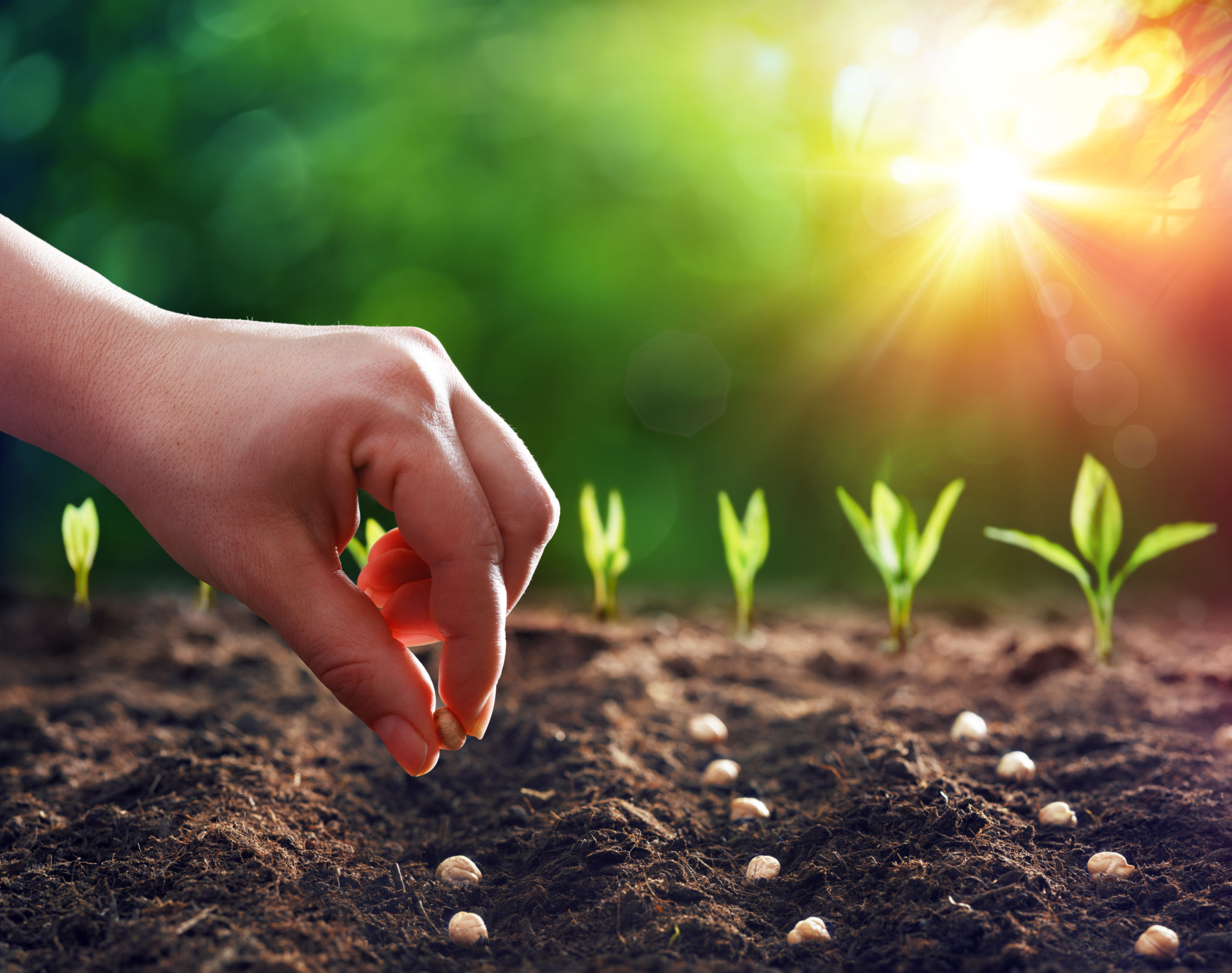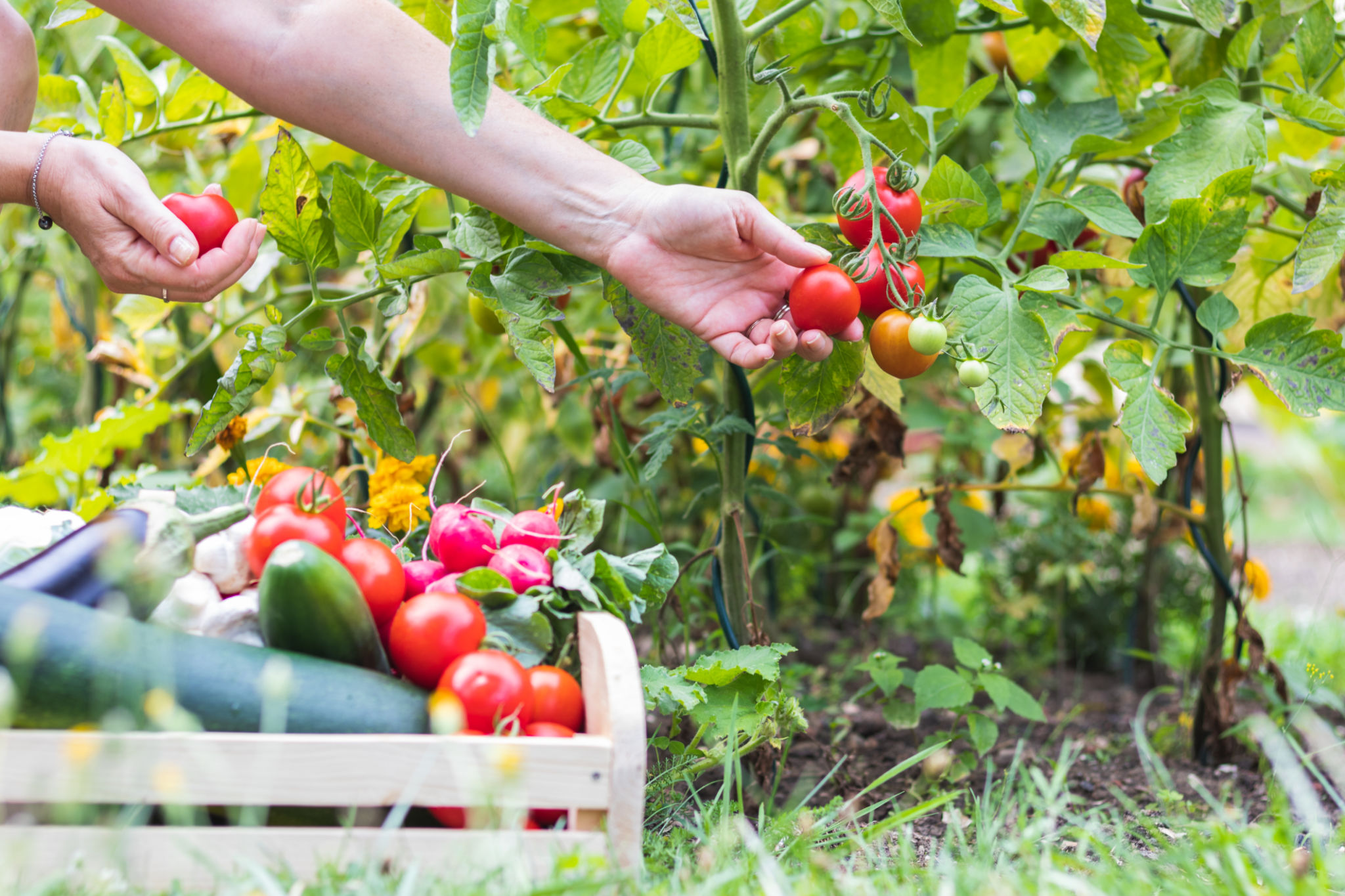How to Start a Vegetable Garden in Utah's Unique Climate: A Step-by-Step Guide
Starting a vegetable garden in Utah can be a rewarding experience, thanks to the state's unique climate. With its arid conditions, varying elevations, and distinct seasons, Utah presents both challenges and opportunities for gardeners. This guide will walk you through the essential steps to create a thriving vegetable garden in this region.
Understanding Utah's Climate
The first step to successful gardening in Utah is understanding its climate. The state is characterized by hot, dry summers and cold winters, with significant temperature variations between day and night. Knowing your specific USDA Hardiness Zone is crucial, as it will help you choose the right plants and planting times.

Choosing the Right Location
Selecting the right spot for your garden is important. Look for an area that receives at least 6-8 hours of sunlight per day, as most vegetables thrive in full sun. Ensure the location has good drainage to prevent waterlogging, which can harm plant roots. If your soil is compacted or lacks nutrients, consider building raised beds for better control over soil quality.
Preparing the Soil
Soil preparation is a vital step in gardening success. Start by testing your soil to determine its pH level and nutrient content. Most vegetables prefer a slightly acidic to neutral pH (6.0-7.0). Amend your soil with organic matter, such as compost or well-rotted manure, to improve its structure and fertility.

Selecting the Right Vegetables
Choosing vegetables that are well-suited to Utah's climate is essential. Consider hardy varieties that can withstand temperature fluctuations and have shorter growing seasons. Some popular choices include tomatoes, peppers, squash, beans, and leafy greens like spinach and lettuce.
Planting Your Garden
Timing is key when planting your vegetable garden. In Utah, it's often best to start seeds indoors in late winter or early spring, then transplant seedlings outdoors after the last frost date. For direct sowing, wait until the soil has warmed up sufficiently, usually by late spring.

Watering and Maintenance
Due to Utah's arid climate, efficient watering is crucial. Implement a drip irrigation system or use soaker hoses to direct water to the base of plants, minimizing evaporation. Mulching around plants can also help retain moisture and suppress weeds. Regularly check for pests and diseases, addressing issues promptly to ensure healthy growth.
Enjoying Your Harvest
As your garden matures, you'll begin to see the fruits of your labor. Harvest vegetables regularly to encourage continuous production and enjoy fresh produce from your garden. Share your bounty with friends and family or preserve it through canning or freezing for future enjoyment.

Starting a vegetable garden in Utah's unique climate may seem daunting at first, but with careful planning and attention to detail, you can achieve a bountiful harvest. By following these steps and adapting them to your specific conditions, you'll enjoy the satisfaction of growing your own delicious and nutritious vegetables.